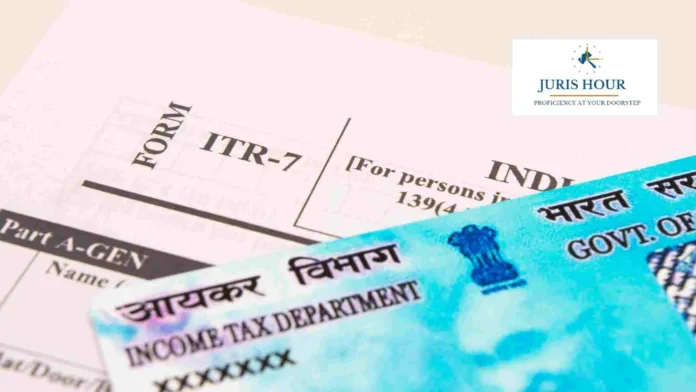With the 2025 Income Tax Return (ITR) filing season fast approaching, many independent professionals—especially freelancers and consultants—are seeking clarity on how their earnings are taxed and why the compliance process differs significantly from that of salaried individuals.
According to a recent Mint report, the distinction between salaried and self-employed income is not just a technicality—it directly affects the type of deductions a taxpayer can claim, the kind of records they must maintain, and the complexity of their annual filings.
Table of Contents
Different Paperwork, Different Processes
For salaried employees, tax filing is often relatively straightforward. Employers issue Form 16, summarising the total salary paid and taxes deducted during the year. This document serves as the primary basis for filing returns.
Freelancers, however, operate under a different system. They are typically paid by multiple clients, each of whom deducts 10% tax at source (TDS) before making payment. This TDS is deposited with the government under the freelancer’s Permanent Account Number (PAN). To ensure that these credits are properly reflected, freelancers must collect Form 16A from every client and reconcile the details with their Form 26AS on the income tax portal.
TDS Rules in Brief
While salaried employees have taxes deducted and deposited by their employers, freelancers are responsible for tracking and paying their own taxes. The client’s TDS deductions cover only part of the tax liability—freelancers often need to pay advance tax to avoid interest penalties.
Deductions: Salaried vs Freelancers
Under the old tax regime, salaried employees automatically receive a standard deduction of up to ₹50,000, while the new regime offers ₹75,000—no bills or expense proofs required.
Freelancers, on the other hand, have the opportunity to deduct a wider range of expenses, provided they maintain proper records. Apart from claiming common deductions such as:
- Section 80C: Investments in PPF, ELSS, life insurance, etc.
- Section 80CCD: National Pension System (NPS) contributions
- Section 80D: Health insurance premiums
- Section 80TTA: Interest on savings accounts
- Section 80GG: Rent (up to ₹5,000 per month) if not receiving HRA
Freelancers can also claim direct business expenses—such as internet bills, software subscriptions, office rent, and professional equipment purchases—that are necessary for their work.
Choosing the Right ITR Form
Freelancers who do not fall under the presumptive taxation scheme must file ITR-3, which requires detailed reporting of income and expenses. For example, a freelance content writer not eligible for presumptive taxation will have to disclose their exact earnings, costs, and profits in the return.
Same Rates, Different Responsibilities
While tax slabs remain the same for both salaried individuals and freelancers, the difference lies in compliance requirements and documentation. Freelancers need to be more meticulous with invoice management, expense tracking, and record-keeping to ensure a smooth and accurate filing process.
As the ITR 2025 deadline draws near, experts suggest that self-employed taxpayers start organising documents now to avoid last-minute stress and potential errors.
Read More: No GST Notices Issued to Small Traders, Street Vendors on UPI Transactions: Nirmala Sitharaman

